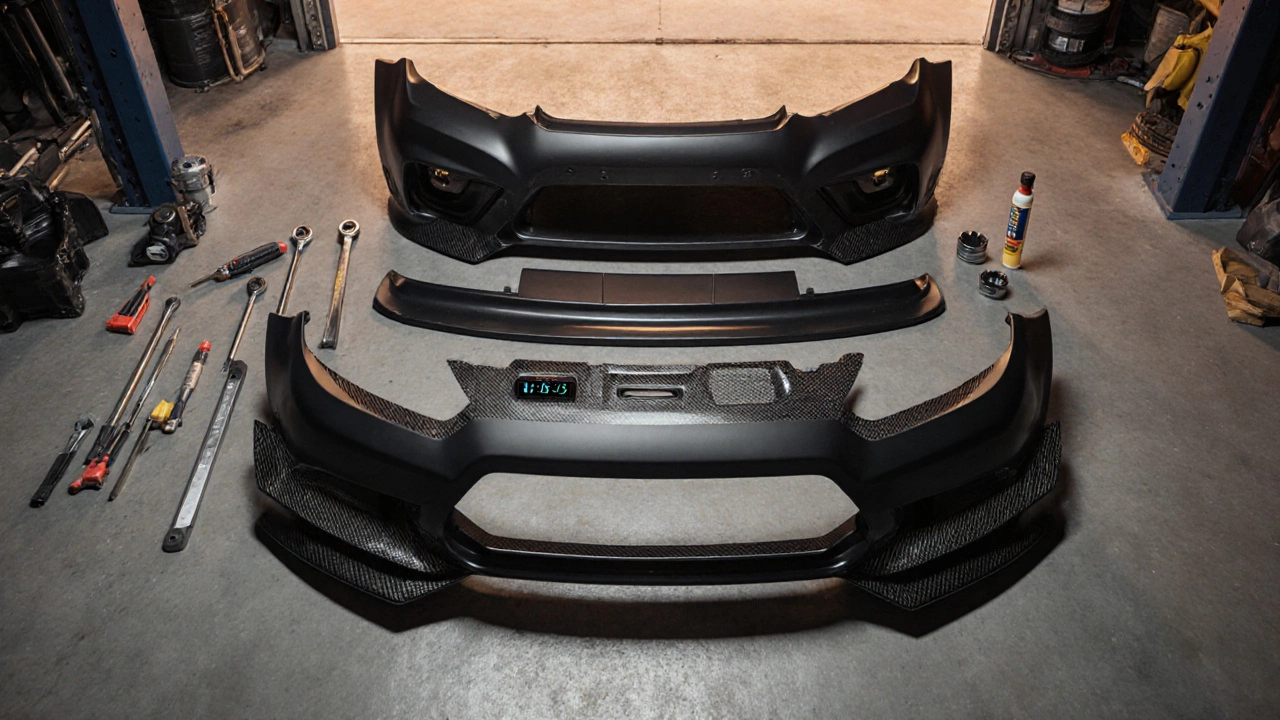When working with weld‑in body kit, a set of panels welded directly to the vehicle's frame to replace or augment stock panels. Also known as custom body kit, it delivers aggressive styling while influencing the car’s airflow. Typical kits include front splitters, side skirts, rear diffusers, and optional duck‑tail spoilers.
Aerodynamics, the study of how air moves over a vehicle’s shape directly shapes the benefit you get from a weld‑in body kit. A well‑designed splitter can lower front lift, while a diffuser smooths rear turbulence, both feeding into better stability at speed. Suspension lowering, adjusting spring rates or ride height to bring the chassis closer to the ground often accompanies a body kit because the panels are tuned for a specific stance; dropping the car without adjusting suspension can negate aerodynamic gains and raise wear on components. Finally, car detailing, the process of cleaning, restoring, and protecting a vehicle’s exterior and interior ensures the new panels stay flawless, as any blemish or uneven coating reduces airflow efficiency and hurts the visual impact. Together, these three areas form a loop: the kit changes airflow, the lowered suspension optimizes that airflow, and proper detailing preserves both form and function.
Below you’ll find articles that dig into each of these pieces – from safety tips for exhaust flames to budget lowering guides and body kit performance breakdowns – giving you a full picture of what it takes to make a weld‑in body kit work for your ride.

Find out how long it takes to fit a body kit, factors that affect install time, DIY vs professional options, and a handy checklist to avoid common delays.